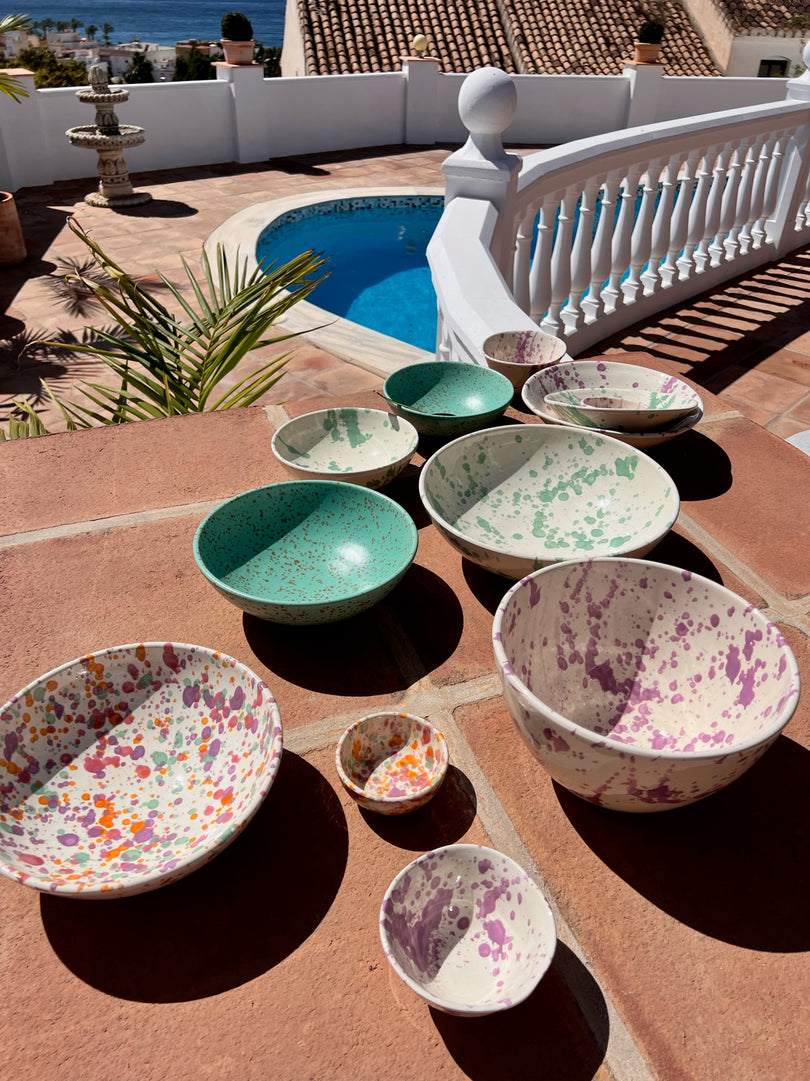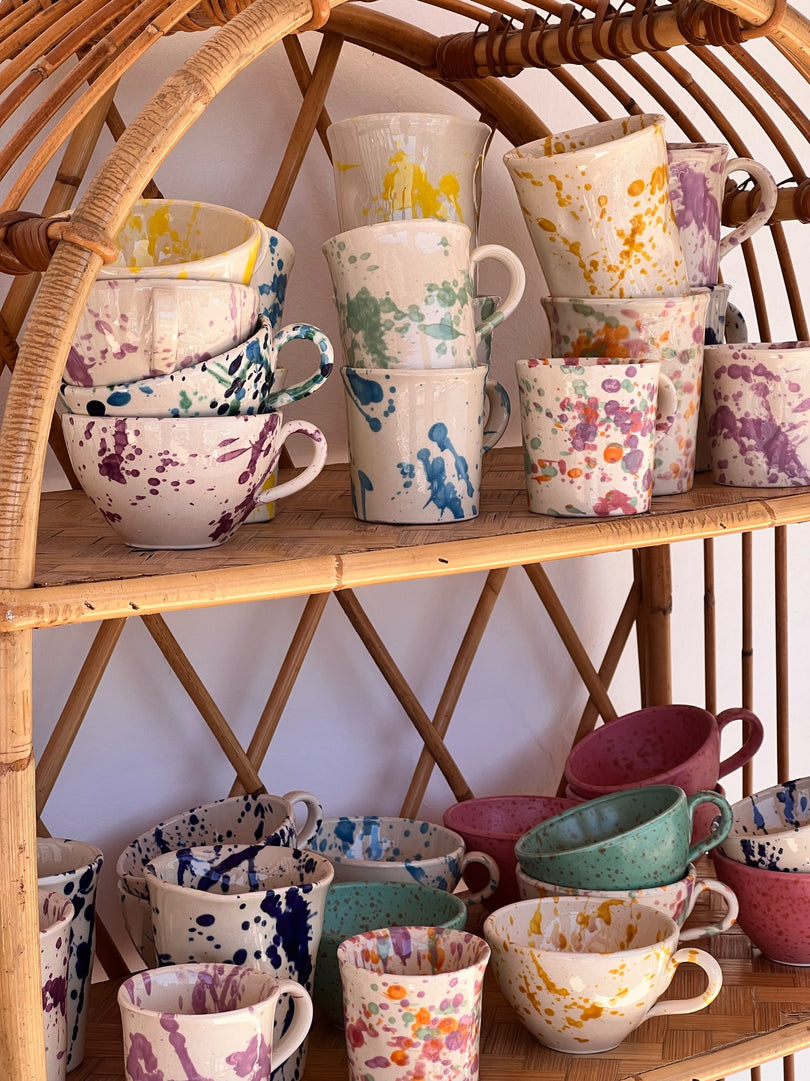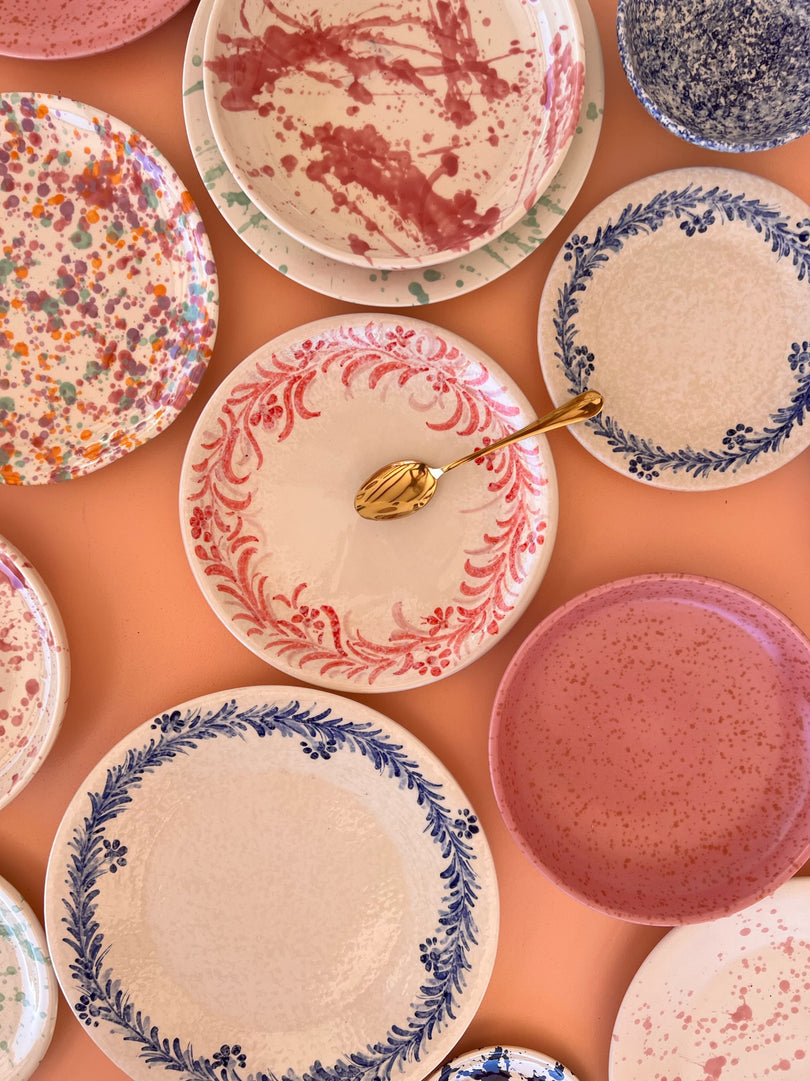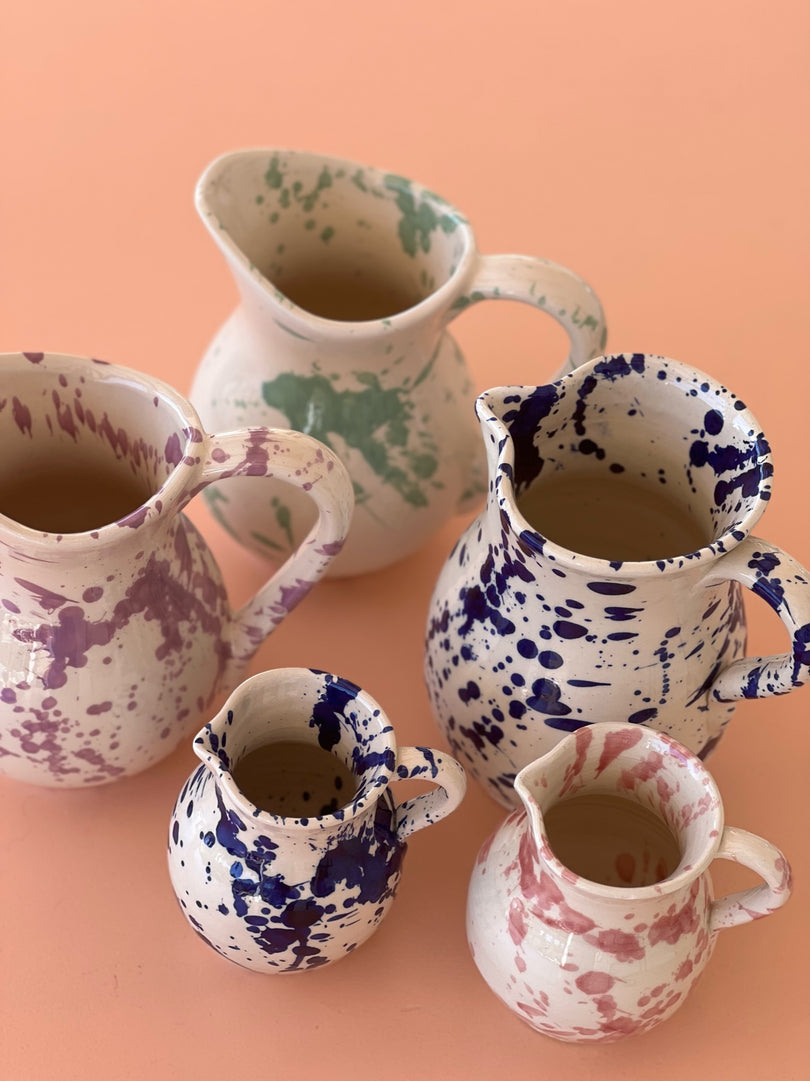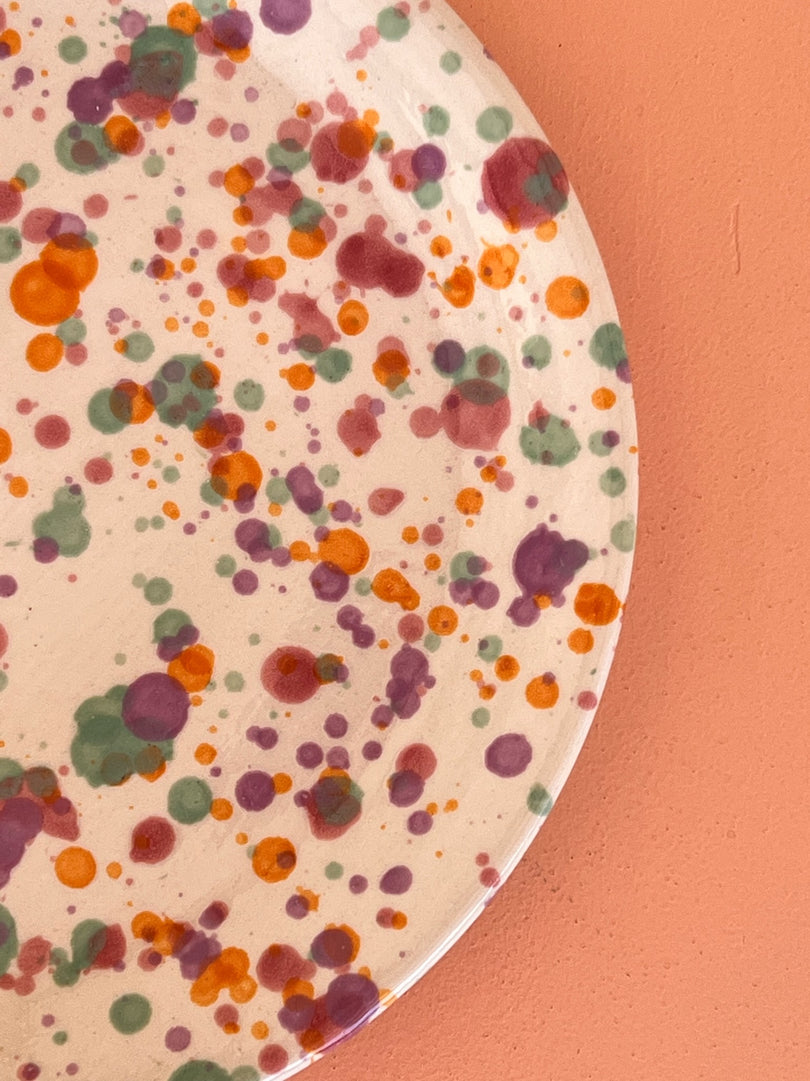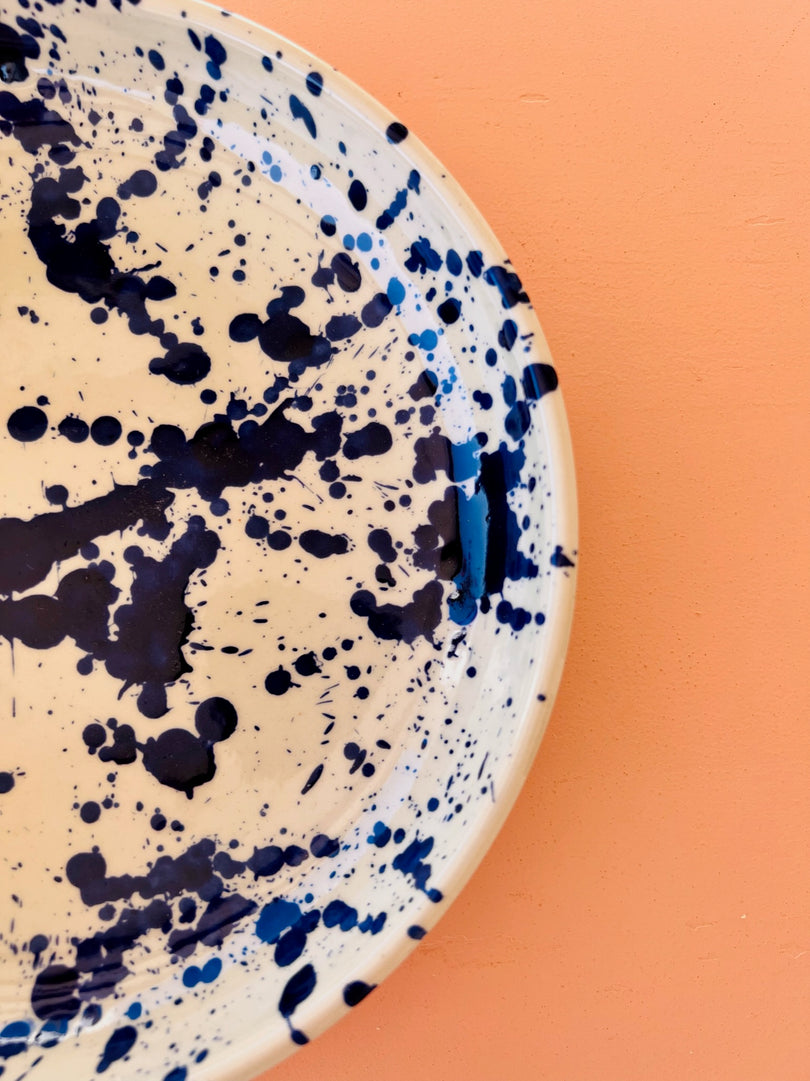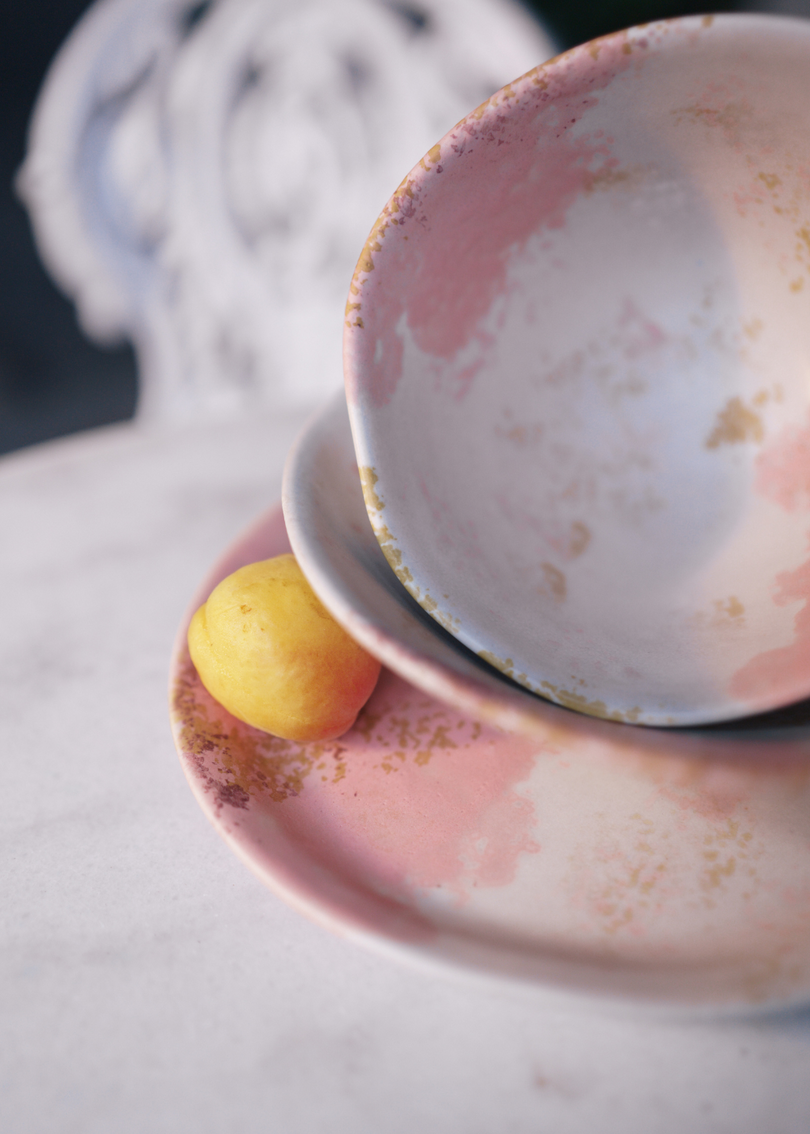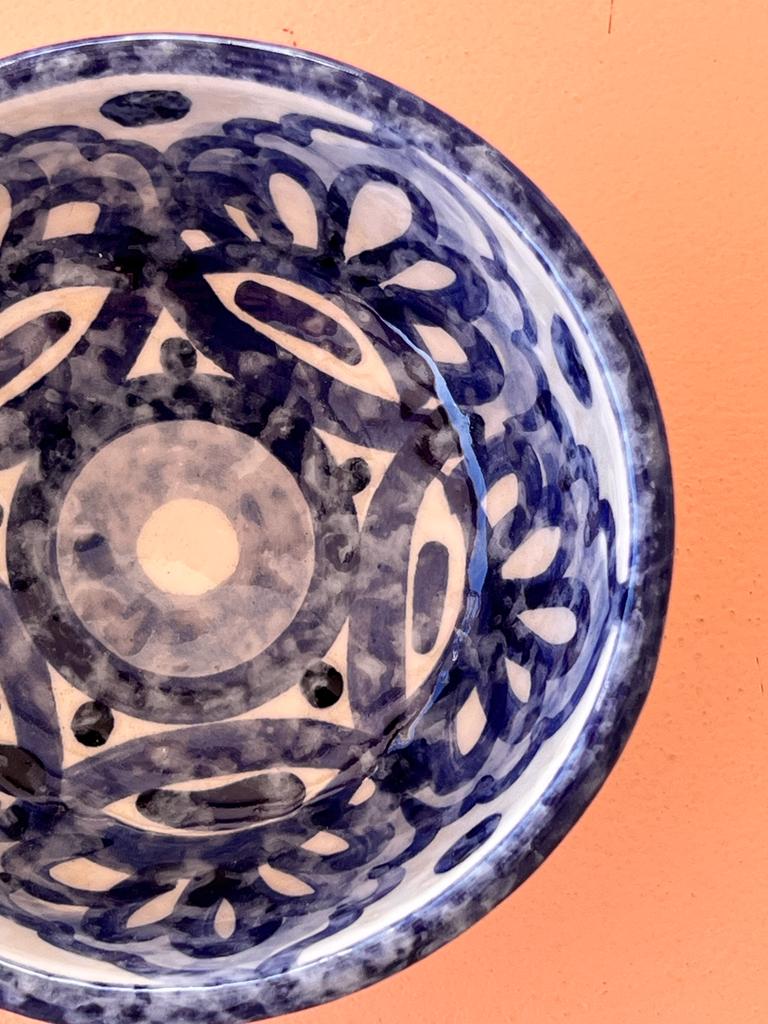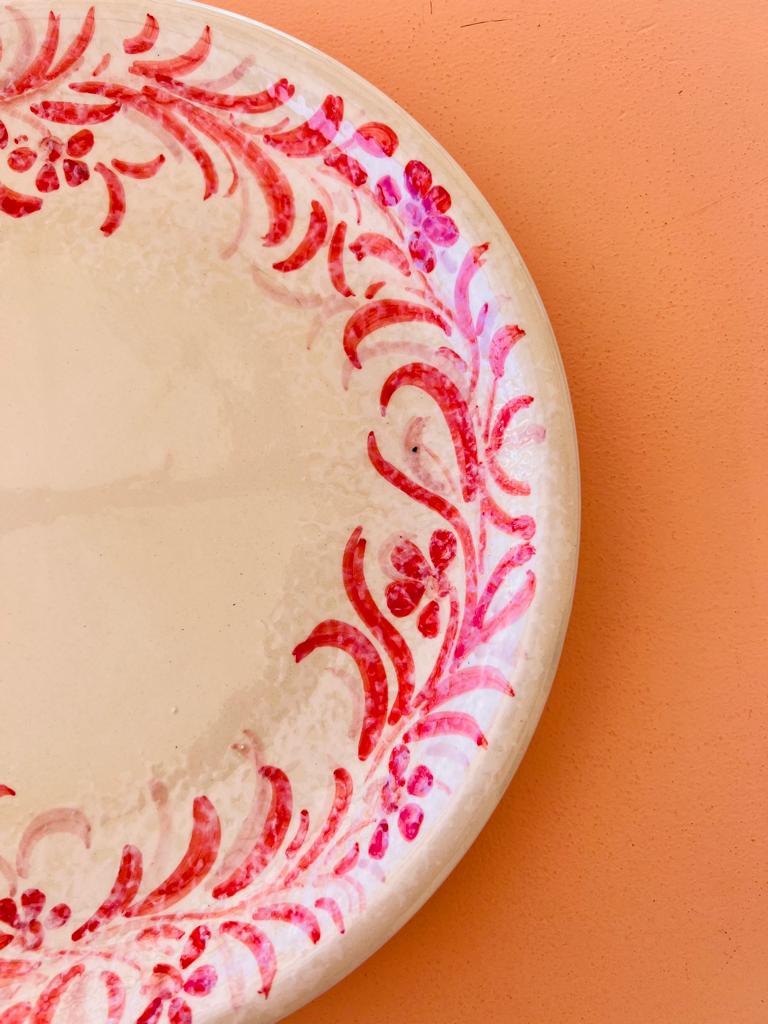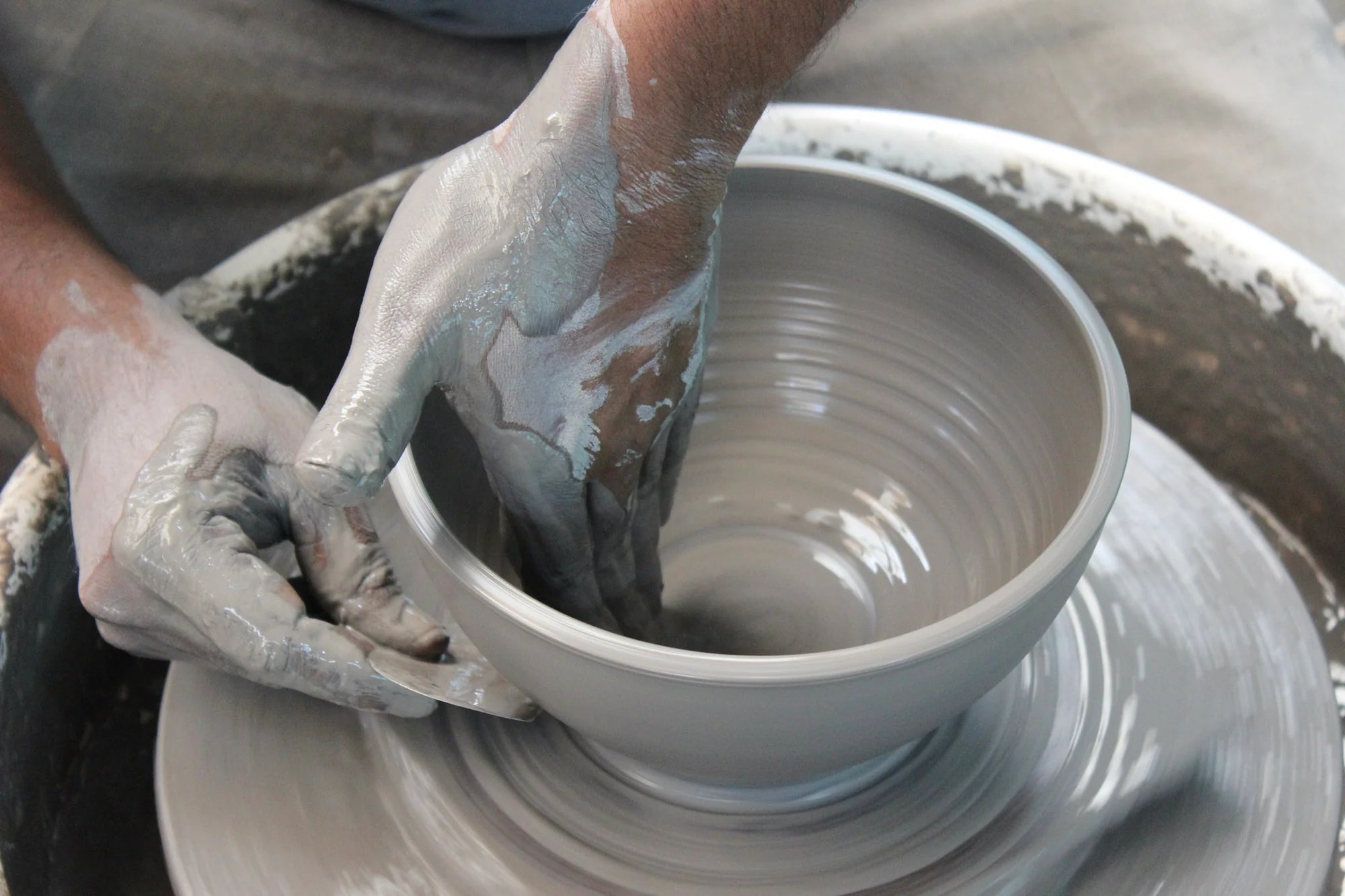One of the primary challenges in the realm of handmade pottery lies in the perceived value and pricing. It can be perplexing to understand why one would pay the same amount or more for a single handmade pottery mug when mass-produced alternatives are readily available at popular retailers offering sets of four mugs for €20.

However, the true worth of handmade pottery extends beyond the initial price tag. As we gradually shift away from our throw-away culture, embracing minimalism as an interior trend, and adopting mindful spending practices, there is a noticeable surge in the popularity of pottery and handmade items. Consumers are increasingly leaning towards unique, bespoke items for their homes, making more conscious decisions about their expenditures.
For those transitioning to appreciating handmade pottery, we aim to elucidate its genuine value and why we believe it merits the investment.
So, what sets handmade apart?
Firstly, comparing handmade goods with large corporations is a misconception. The way we sell, purchase, and receive handmade items is fundamentally different. It's like comparing store-bought jam to homemade preserves crafted with locally grown fruit, showcased in a recycled jar with a cheerful label. The comparison doesn't quite match up.
Opting for handmade contributes to a more sustainable choice
Buying handmade is more sustainable than mass production. Mass production relies on bulk purchasing, driving down prices, especially in raw material production. This results in lower production costs for large-scale companies, enabling them to make more profit while seemingly offering low prices. However, delving deeper reveals that this approach forces many worldwide into low-paying jobs, hindering the development and sustainability of their environments. Wealthier nations then need to provide subsidies, loans, rescue aid, and charitable contributions, essentially costing the consumer more in hidden charges than the initial purchase.

Handmade items are timeless, not just for the moment
Each handmade piece is as unique as an individual, and there's no need for an upgrade as it is already perfect. Unlike mass-produced items labeled as 'throw away,' handmade objects are built to last. The throw-away culture perpetuates the idea of discarding perfectly functional items for upgrades. Handmade, however, eliminates the need for upgrades as it is inherently perfect. Its uniqueness lies in its slight imperfections, making it desirable. When you own a handmade piece, you possess something exclusive that over 7 billion people will never have.
Supporting handmade preserves and nurtures essential craft skills
Buying handmade also contributes to keeping craft skills alive. The shift towards less labor-intensive, easily stored computer-based courses threatens traditional craft skills. Supporting handmade ensures the preservation of these skills, creating a demand for education in traditional craftsmanship. It is crucial to maintain and expand a skilled artisan base, as losing these skills poses challenges in the face of potential future needs.
